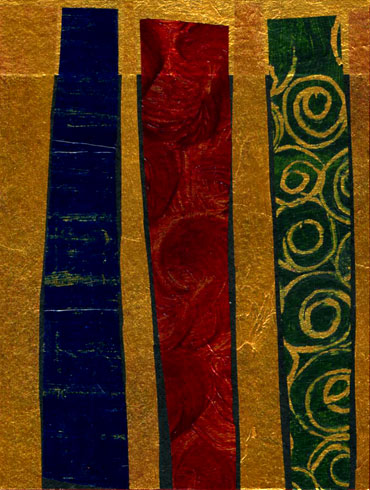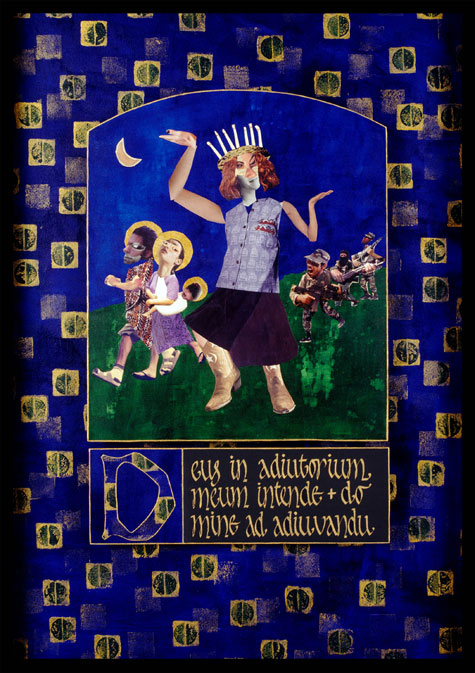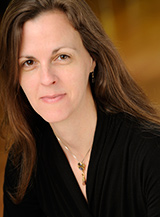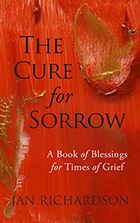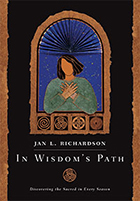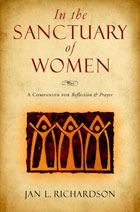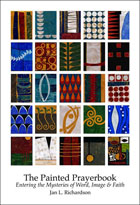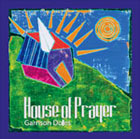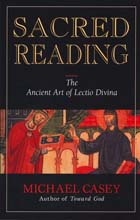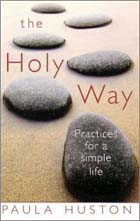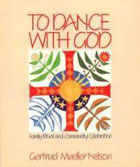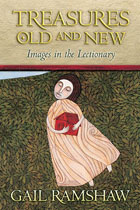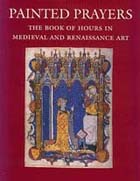 Image: The Wise Ones © Jan Richardson
Image: The Wise Ones © Jan Richardson
Reading from the Gospels, Epiphany, Years ABC: Matthew 2.1-12
In the rhythm of the liturgical year, the season of Christmas comes to an end with the Feast of the Epiphany on January 6. The word epiphany comes from the Greek word epiphaneia, meaning manifestation or appearance. In Western Christianity, we observe this day primarily as a commemoration of the wise men who journeyed to see Jesus. In the East, Epiphany is a major feast day that celebrates not only Christ’s manifestation to the world through his birth and to the magi in their visit but also the way in which he showed himself forth in his baptism and in his first recorded miracle, the changing of water to wine at the wedding at Cana.
In doing some reading about the Feast of the Epiphany recently, I’ve been intrigued by a custom that is often mentioned in connection with this day of celebration: the blessing and chalking of the house. Many versions of the ceremony that I’ve come across include these elements:
-The reciting of a blessing upon the house (or other dwelling) and those who inhabit it
-The blessing of a piece of chalk that is then used to write a formula above the entry of the house. The formula incorporates the current year with the initials of the wise men (whose names are not recorded in scripture but were given by tradition as Caspar [or Gaspar], Melchior, and Balthasar). This coming Epiphany, it would be written this way:
20 + C + M + B + 10
(Some folks note that “C M B” can also stand for “Christus Mansionem Benedicat,” which means “May Christ bless this dwelling.”)
-The sprinkling of the door with holy water
Although it seems to be an ancient practice, I haven’t found any explanation of the origin of the custom. I suspect that, like many rituals, it has several layers of meaning and that its origin has more than one source. Certainly it has much resonance with the visit of the wise men to the home of Jesus, Mary, and Joseph, and the manner in which they blessed it with their presence and their gifts.
So I’ve been thinking about house blessings as Epiphany approaches, especially since Gary and I will soon be in search of a house of our own. We’re engaged to be married next spring, and I’m daily praying that God will lead us to a (spacious) abode that will welcome two adults, each of whom needs a studio at home (and a copious measure of personal space), and Gary’s teenaged son. (Did I mention we’re looking for something spacious?)
At the same time that I’m thinking of (and praying for) a physical dwelling that we will inhabit and bless, I also find myself imagining the coming year as a house—a space in time that is opening itself to all of us. How will we inhabit the coming year? How will we enter it with mindfulness and with intention? How will we move through the rooms of the coming months in a way that brings blessing to this world?
With these questions in mind, I offer this blessing for you.
The Year as a House: A Blessing
Think of the year
as a house:
door flung wide
in welcome,
threshold swept
and waiting,
a graced spaciousness
opening and offering itself
to you.
Let it be blessed
in every room.
Let it be hallowed
in every corner.
Let every nook
be a refuge
and every object
set to holy use.
Let it be here
that safety will rest.
Let it be here
that health will make its home.
Let it be here
that peace will show its face.
Let it be here
that love will find its way.
Here
let the weary come
let the aching come
let the lost come
let the sorrowing come.
Here
let them find their rest
and let them find their soothing
and let them find their place
and let them find their delight.
And may it be
in this house of a year
that the seasons will spin in beauty,
and may it be
in these turning days
that time will spiral with joy.
And may it be
that its rooms will fill
with ordinary grace
and light spill from every window
to welcome the stranger home.
—Jan Richardson
Wherever you make your home, may it be blessed, and may you enter this Epiphany and the coming year in peace.
[For other Epiphany reflections, please visit my previous post. If you’re working with the lection from John’s gospel for this Sunday (Christmas 2), please see this reflection.]
[To use the “Wise Ones” image, which is from my book In Wisdom’s Path: Discovering the Sacred in Every Season, please visit this page at janrichardsonimages.com. For all my artwork for the Feast of the Epiphany, please see this page. Your use of janrichardsonimages.com helps make the ministry of The Painted Prayerbook possible. Thank you!]
